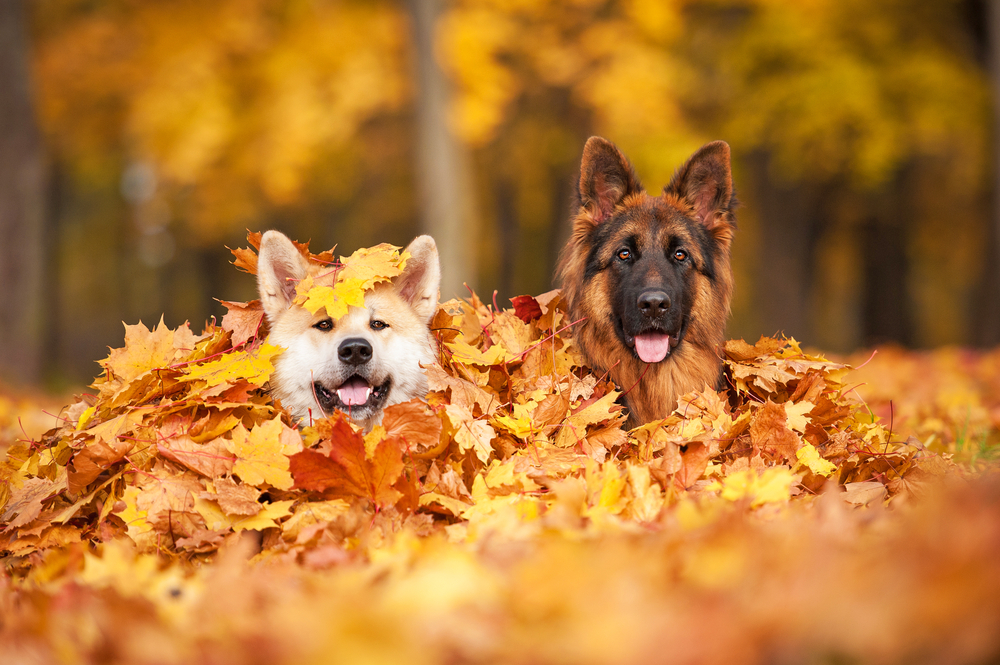Rattlesnakes receive their name from the rattle located at the end of their tails, which makes a loud rattling noise when vibrated that deters predators or serves as a warning to passers-by. However, rattlesnakes fall prey to hawks, weasels, king snakes, and a variety of other species. Rattlesnakes are heavily preyed upon as neonates, while they are still weak and immature. Large numbers of rattlesnakes are killed by humans. Rattlesnake populations in many areas are severely threatened by habitat destruction, poaching, and extermination campaigns.
Rattlesnakes are the leading contributor to snakebite injuries in North America. However, rattlesnakes rarely bite unless provoked or threatened; if treated promptly, the bites are seldom fatal.
Like all pit vipers, rattlesnakes have two organs that can sense radiation: their eyes, and a set of heat-sensing "pits" on their faces that enable them to locate prey and move towards it, based on the prey's thermal radiation signature. These pits have a relatively short effective range of about 1 ft, but give the rattlesnake a distinctive advantage in hunting for warm-blooded creatures at night.
Heat-sensing pits
Aside from this pair of simple eyes, rattlesnakes are able to detect thermal radiation emitted by warm-blooded organisms in their environment. Functioning optically like a pinhole camera eye, thermal radiation, in the form of infrared wavelength light, enters, passes through the opening of the pit and strikes the pit membrane located in the back wall, warming this part of the organ. Due to the extremely high density of these heat-sensitive receptors innervating this membrane, the rattlesnake can detect temperature changes of 0.003 °C or less in its immediate surroundings. Infrared cues from these receptors are transmitted to the brain by the trigeminal nerve, where they are used to create thermal maps of the snake’s surroundings. Due to the small sizes of the pit openings, typically these thermals images are low in resolution and contrast. Nevertheless, rattlesnakes superimpose visual images created from information from the eyes with these thermal images from the pit organs to more accurately visualize their surroundings in low levels of light. Research conducted recently on the molecular mechanism of this ability suggests the temperature sensitivity of these pit organs is closely linked to the activity of transient receptor potential ankyrin 1, a temperature-sensitive ion channel saturated in the pit membrane.
Skin and circulation
 |
| BUY THIS HANDMADE |
Rattlesnake skin has a set of overlapping scales which cover the entire body, providing protection from a variety of threats including dehydration and physical trauma. The typical rattlesnake, genus Crotalus, has the top of its head covered with small scales, except, with a few species, a few crowded plates directly over the snout. The skin of snakes is highly sensitive to contact, tension, and pressure; they are capable of feeling pain.
An important function of the skin is the sensation of changes in air temperature, which can guide the snakes towards warm basking/shelter locations. All snakes are ectotherms. To maintain a stable body temperature, they exchange heat with their external environments. Snakes often move into open, sunny areas to absorb heat from the sun and warmed earth, a behavior known as basking. Nerves in the skin regulate the flow of blood into the veins near the surface. Rubio states, "The skin's acceptance of radiant energy, its ability to determine the temperature, and the snake's ability to move toward or away from one temperature gradient to another are among the most important behavioral actions in its daily life."
The skin of rattlesnakes is intricately patterned in a manner that camouflages them from their predators. Rattlesnakes do not generally have bright or showy colors (reds, yellows, blues, etc.), instead relying on subtle earth tones that resemble the surrounding environment.
Creases in the epidermal tissue connect the scales of rattlesnakes. When ingesting large prey, these creases can unfold, allowing the skin to expand to envelop a much greater volume. The skin appears to tightly stretch to accommodate the meal, but in reality, the skin is simply smoothing out from its creased state and is not under very high tension.
An important function of the skin is the sensation of changes in air temperature, which can guide the snakes towards warm basking/shelter locations. All snakes are ectotherms. To maintain a stable body temperature, they exchange heat with their external environments. Snakes often move into open, sunny areas to absorb heat from the sun and warmed earth, a behavior known as basking. Nerves in the skin regulate the flow of blood into the veins near the surface. Rubio states, "The skin's acceptance of radiant energy, its ability to determine the temperature, and the snake's ability to move toward or away from one temperature gradient to another are among the most important behavioral actions in its daily life."
The skin of rattlesnakes is intricately patterned in a manner that camouflages them from their predators. Rattlesnakes do not generally have bright or showy colors (reds, yellows, blues, etc.), instead relying on subtle earth tones that resemble the surrounding environment.
Creases in the epidermal tissue connect the scales of rattlesnakes. When ingesting large prey, these creases can unfold, allowing the skin to expand to envelop a much greater volume. The skin appears to tightly stretch to accommodate the meal, but in reality, the skin is simply smoothing out from its creased state and is not under very high tension.
Jane Worll for Animalix

